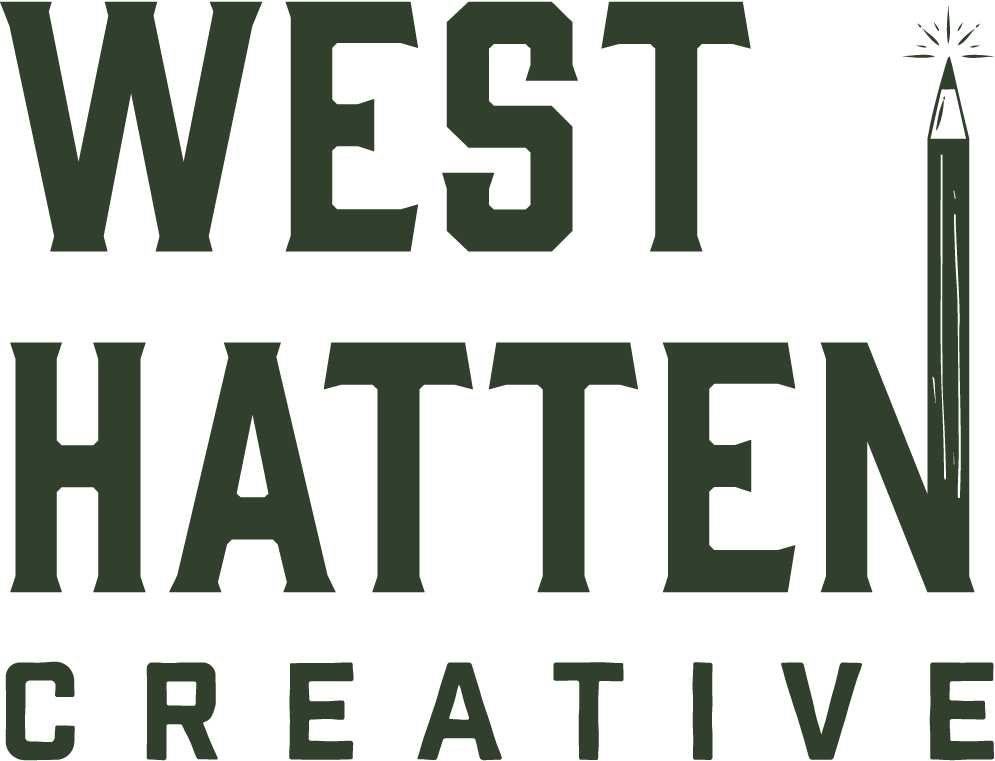Design File Guide
You might be wondering, “why Are there so many file types?”
Well, it’s all about being prepared.
Having a variety of file types ensures your team has the resources to put your best branding forward in any situation. This file guide provides a brief overview of frequently-used file types and how you might utilize them.
-
Adobe Illustrator
This is a proprietary, vector-based file type by Adobe. Your computer may not have the software required to open this file type, but it is good to have on hand to email to vendors who request artwork in this format.
-
Encapsulated Post Script
A vector-based file format that can be edited with any vector graphics program. This file type is becoming obsolete, but some vendors still utilize older software and may request artwork in this file type.
-
Joint Photographic Experts Group
.JPEG files have the ability to display 16.8 million colors while staying small in file size. .JPEGs are the go-to file type for photography and web publishing. This level of compression can sometimes result in grainy images, so it’s not always the best choice.
-
Portable Document Format
Similar to EPS, this is another vector-based file format. PDF is a universal file format, which makes it quite versatile and easy to share. This file type is best used for printing and online documents.
-
Portable Networks Graphic
Popular image format that is great for any use, including digital and web displays. This file type is slightly larger than JPEG files, but has a key advantage with it’s transparent background capabilities.
-
Scalable Vector Graphic
As the name suggests, SVG is another vector-based file format. SVG files are scalable without pixelation, meaning the artwork remains clear and sharp at any size. Due to their versatility, SVG files are great for any use.
Ready, freddy?
You’ve made it this far, now let’s get going on your project.
